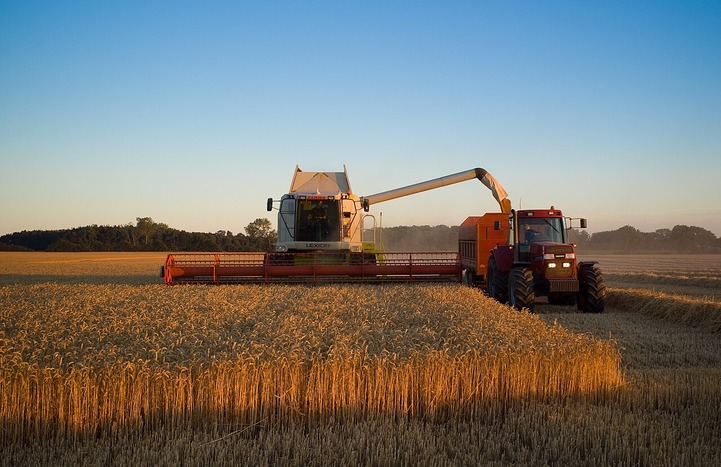Planetary boundaries would be breached if BECCS is planted beyond the existing global agricultural area
Currently, the pathways for limiting global warming to 2°C or below primarily relies on extensive carbon dioxide removal (CDR), whose benefits and costs are highly debated. One of the technologies under CDR is Bioenergy with Carbon Capture and Storage (BECCS), wherein fast-growing crops are planted to absorb carbon, then burnt to release the CO2, which is in turn captured and stored.
The alleged benefits are temperature reduction as the amount of carbon in the atmosphere is reduced and stored.
However, a new study from the Potsdam Institute for Climate Impact Research (PIK) points out that over-reliance on BECCS, which most governments have planned, is a risky venture.
Exploring how BECCS can potentially impact planetary boundaries, the study finds that if BECCS is planted beyond the existing global agricultural area, it would endanger the stability of the biosphere.
Going overboard
The central tenet of the BECCS technology is that vast land areas will be converted into biomass plantations. But as the study points out, six of the nine planetary boundaries have already been transgressed, human land use being one of the key causes.
To limit temperature rise to 2°C, around 7.5 billion tonnes of carbon has to be removed in 2050, or about 20% of current global emissions, according to the study.
If one takes over new land for biomass plantations, that will lead to deforestation and loss of biodiversity, which would impact the freshwater cycle, while impairing the health and functioning of existing, diverse ecosystems.
So to prevent this, sustainability limits have to be placed on the expansion of BECCS. But when these limits are put in place, BECCS could remove less than 200 million tonnes of CO2 in 2050, found the study.
“The most important climate protection strategy of all remains to rapidly reduce emissions towards zero. To increase the geographic extent, and thus the carbon removal potential, of climate plantations, the world would have to make do with less space for agriculture. For example, a more plant-based diet worldwide could theoretically free up significant pasture areas for other uses.” said Johanna Braun, PIK researcher and lead author of the study.
Diversion from direct action
Technologies like BECCS hold enormous appeal for governments and corporations as they map out net zero trajectories, because planting a new forest or restoring a degraded one means that they don’t have to address the existing polluting industrial and energy sectors, found the report.
If the world was to go ahead with the government’s plans, then a land mass four times the size of India would be needed to capture carbon, according to the 2022 Land Gap report. The 2023 update of the Land Gap report found that the USA, Canada, Australia, the UK and Switzerland combined had pledged around 80 million hectares for meeting their net-zero goals through BECCS technologies.
“This study reaffirms a fundamental, but uncomfortable truth: CDR can’t be delivered at large-scales without a wider transformation of the food and land systems. Our planet can’t support a large increase in agricultural land, so without wasting less food, and using less land to produce it, we are going to run out of space, water and biodiversity. I would argue that for CDR [carbon dioxide removal] pledges to be credible, they need to be explicitly linked to policies that deliver land and food system reform,” said Ol Perkins, lead author of ‘Toward quantification of the feasible potential of land-based carbon dioxide removal’.
About The Author
You may also like
Rise in Fossil Fuel Burning is Making Floods Lethal in Asia
Heatwaves Drove 9% of India’s Power Demand in the Summer of 2024
World Off-Track on Climate Goals as Temperatures are Predicted to Rise: Report
A Fifth of Migratory Species Face Extinction from Climate Change: Report
Climate change, unplanned construction and a malfunctioning dam can worsen the flooding in north Bengal

